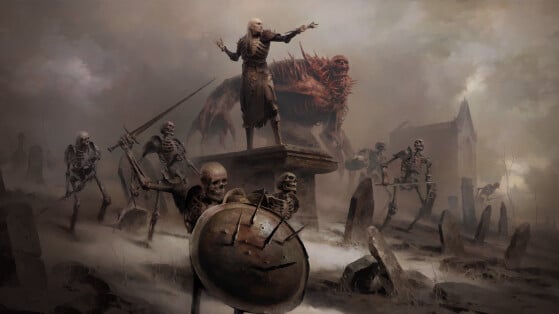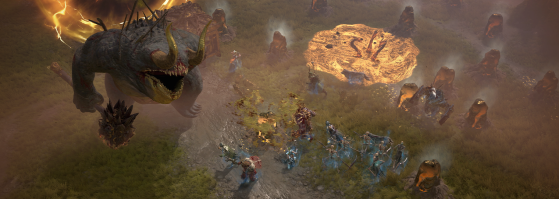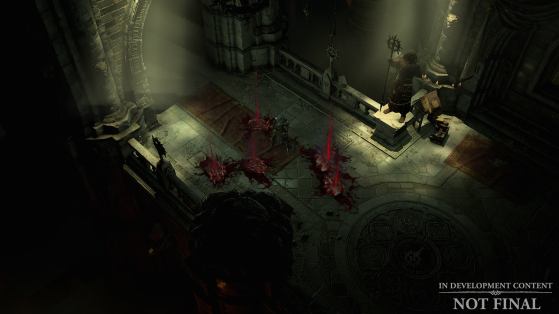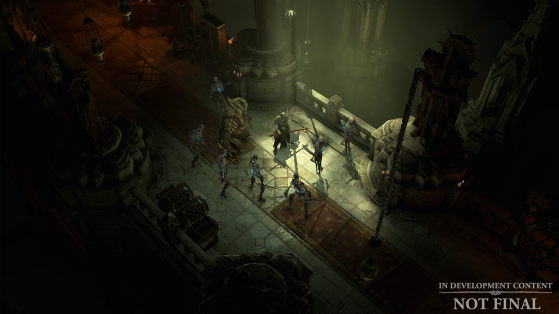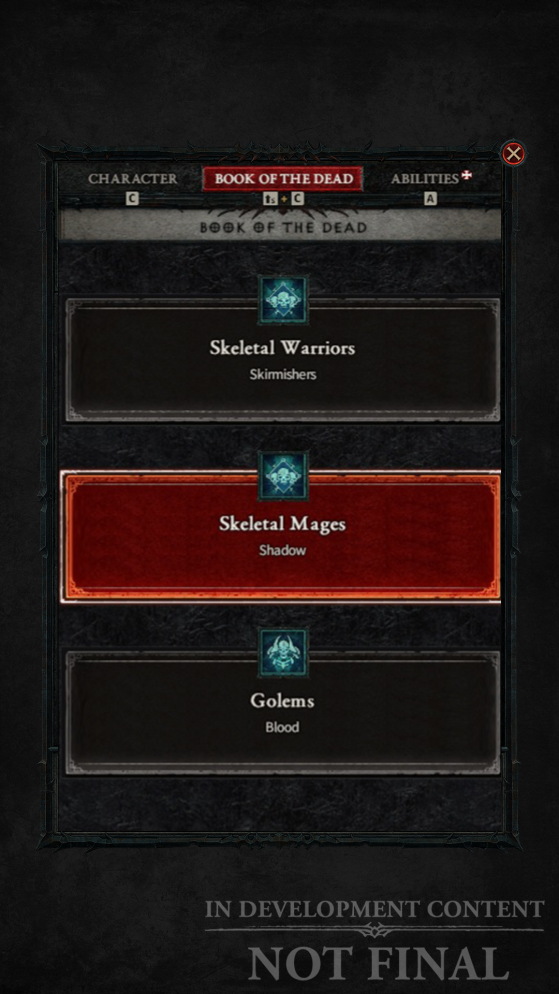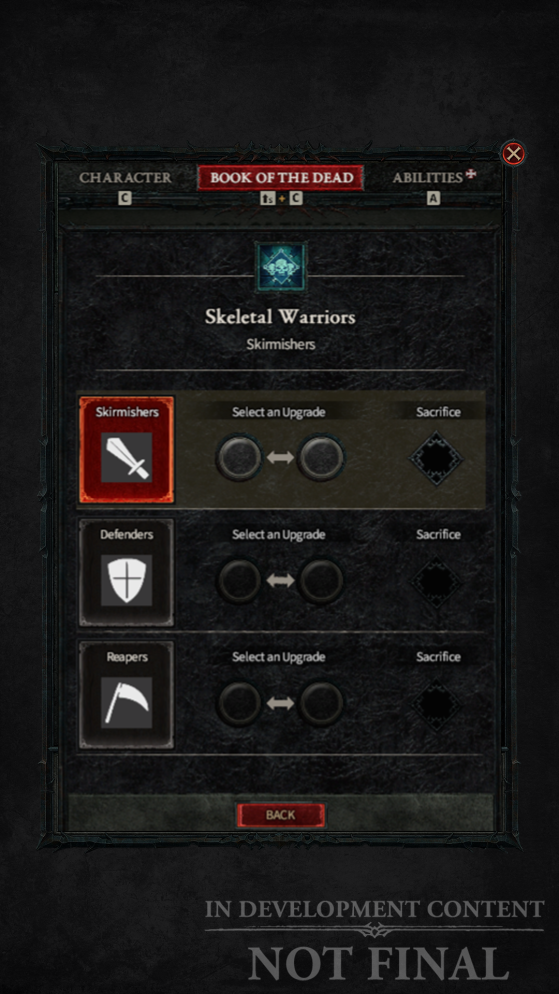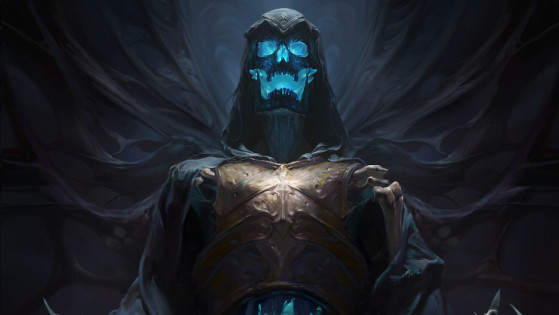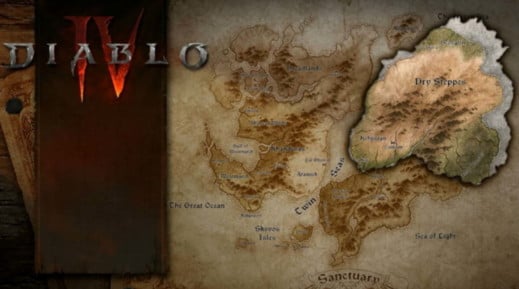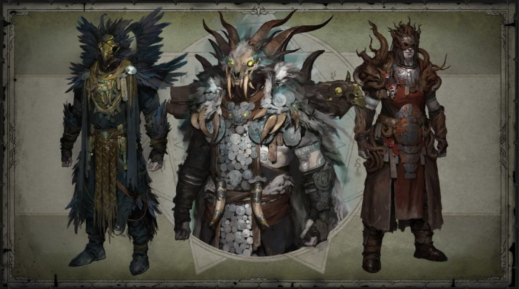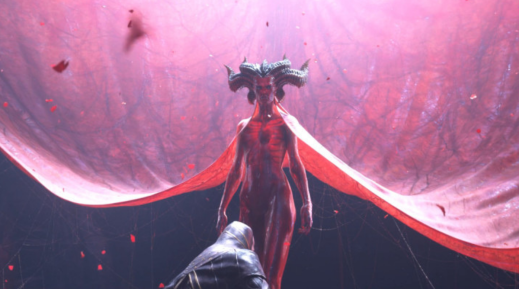Diablo 4 development continues during this troubled time for the studio. The second quarter 2022 blog has just been released, with its share of announcements and demonstrations on the studio's next big title.
We did not meet him
The blog begins with an announcement that may upset some players: the Necromancer is the fifth and last class available when the game launches . This means that the Crusader/Paladin archetype is missing, which is still a shame. It was by far one of the most requested and expected classes in the starting classes. It is to be expected that it will make its entry more via, via a paid extension. Part of the game's monetization should be based on that, but it's a sensitive topic.
Peculiarities of the Necromancer class
The Necromancer uses 2 types of resources, as in Diablo 3, gasoline and corpses:
- Essence is her primary resource, it recharges over time, and basic skills allow her to recharge faster, allowing spells to be cast more often.
-
For their part, corpses are left on the ground by enemies killed near the Necromancer. They can be used to summon undead or trigger various effects, such as Death Blast. Corpses can also be generated via certain effects, which avoids being caught off guard when their availability is reduced, for example on a boss without adds.
This class has 4 distinct playstyles: Bones, Dark, Blood, and Summons.
bones
A style that relies on physical elements, and that consumes a lot of gasoline. This includes spells like Bone Spirit, which consumes all the essence but deals all the more damage, or Bone Prison to immobilize the enemy or block the way.
Darkness
Shadow magic favors damage over time and multiple attacks. It weakens enemies and allows them to be controlled in order to keep them at a distance. An example is the Decay spell, which deals damage, regenerates essence, and spawns corpses. Another is the Blight, a ball of energy that explodes on impact, before leaving an area of damage over time on the ground. The various Necromancer curses like Iron Lady and Weaken also fall into this category.
Blood
Blood magic allows life to be manipulated and enemies to be siphoned of theirs. These spells make good use of having a lot of life, and they help restore it too. For example, Blood Nova drains enemies before triggering a blast whose damage depends on the number of siphoned targets. Another example is Blood Mist which grants immunity to damage while also damaging enemies, making it a fantastic survival technique.
Invocations
No technique exemplifies the Necromancer better than summoning undead. Your troops can be relieved and then reinforced to the maximum. There are different types of skeletons and golems, and they can incorporate the advantages of the other 3 playstyles. It can be classic, like spawning corpses with a spell, summoning skeletons, then sending bone spears on a loop .
Class Mechanic: Book of the Dead
Each class in Diablo 4 has special mechanics that give them something truly unique. This isn't just limited to her skill and spell differences. For the necromancer, it's the book of the dead, and it should offer players choices. It allows you to summon skeletons from the start of the game, then customize your troops (or lack thereof) with different attributes.
For example, it is possible to choose to have defensive skeletons, with shields, or much more aggressive reapers, which are also less robust. The same goes for golem and skeleton mages. And for players who prefer to play without summons, these creatures are then sacrificed in the book of the dead in order to obtain a permanent bonus for the Necromancer.
Unique weapons and gear
Necromancers use swords, daggers, wands, catalysts and shields. It is the only class capable of using scythes. You can check them out, along with different armor sets, below.
